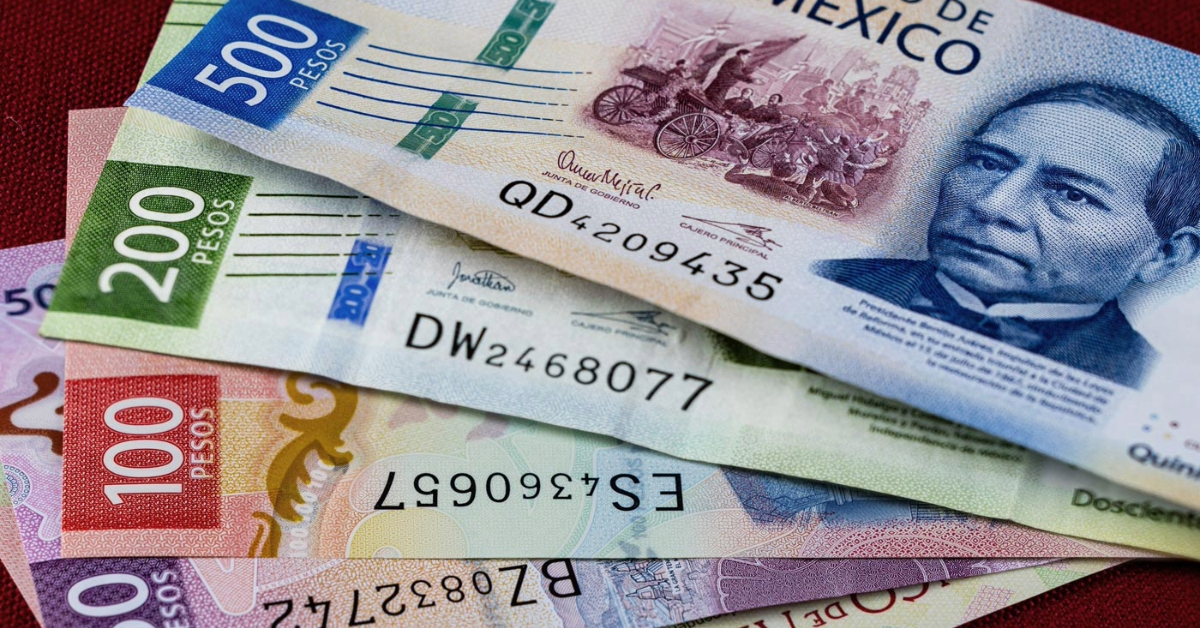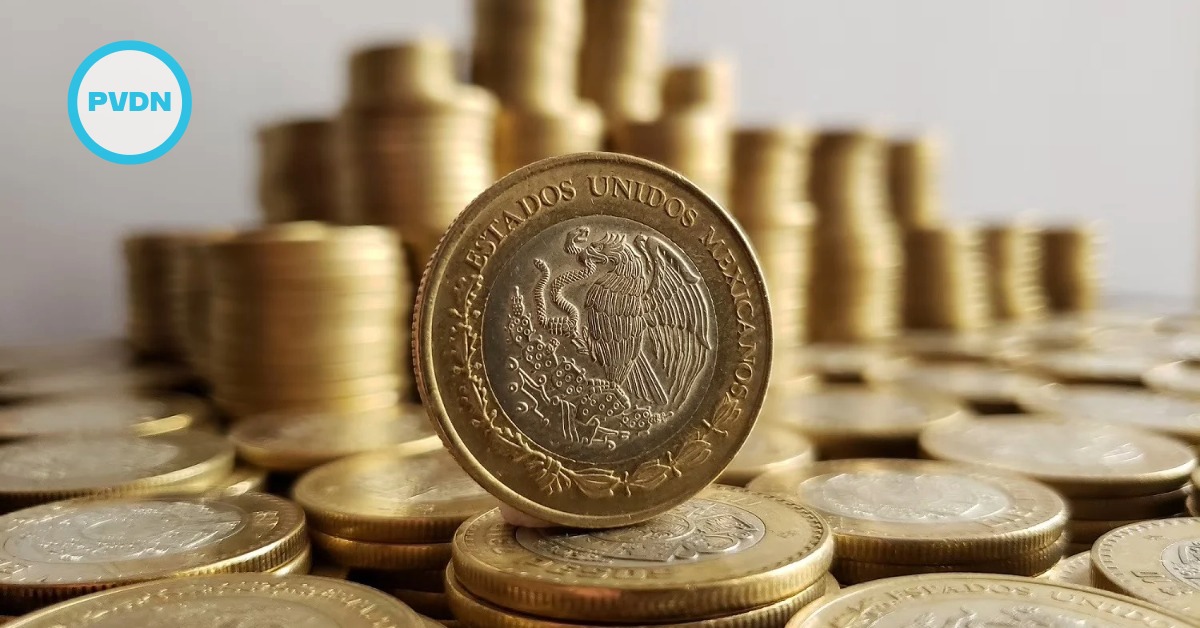Puerto Vallarta, Mexico - Nearly three decades have passed since one of Mexico’s most significant economic upheavals, commonly referred to as the “December Error.” The events of late 1994, which culminated in severe financial instability, continue to resonate in the country’s economic memory. Recent reflections, such as those shared by Enrique Quintana, vice president and general editorial director of El Financiero, have once again brought this pivotal moment into public discourse as the 30-year mark approaches.






